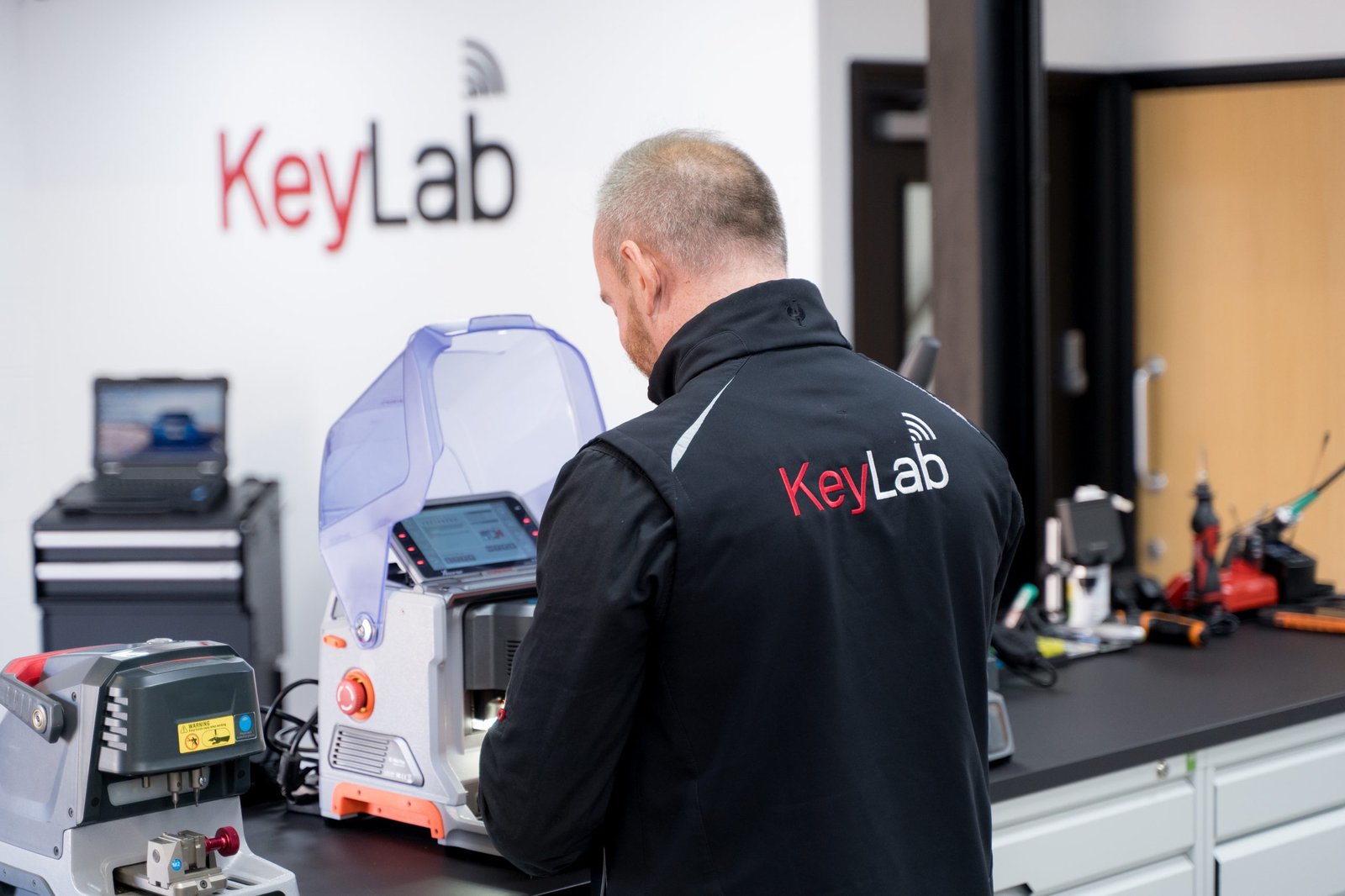Key Replacements: An In-Depth Guide to Understanding and Implementing Effective Substitutions
Introduction
In the realm of various markets-- from automobile to technology-- the term "key replacements" signifies the practice of replacing a failing or inadequate element with a brand-new or improved version. Understanding key replacements is vital for maintaining functional effectiveness, enhancing performance, and guaranteeing security. This post delves into the different aspects of key replacements, exploring their value, execution techniques, and common queries surrounding the subject.
What Are Key Replacements?
Key replacements describe the procedure of replacing a crucial part within a system, device, or machinery that is critical to its performance. These replacements can occur in multiple sectors, including automobile, innovation, and even human resources. By proactively identifying and replacing essential parts, organizations and people can avoid system failures, maintain performance, and enhance safety.
Importance of Key Replacements
The significance of key replacements can not be overstated; they serve numerous functions that add to the total effectiveness of systems. A few of their crucial roles include:
- Preventing System Failures: Key replacements assist avoid catastrophic failures by attending to worn-out or malfunctioning elements before they produce significant concerns.
- Enhancing Performance: Upgrading to newer elements can enhance system efficiency, resulting in better output and performance.
- Cost-Efficiency: Effective replacements can lower repair work costs, prolong the lifespan of the entire system, and ultimately save money.
- Security Assurance: In sectors like automotive and machinery, key replacements guarantee that security standards are kept, minimizing risks to personnel and users.
- Compliance: In regulated industries, prompt replacements may be a legal requirement to fulfill safety standards.
Key Replacement Strategies
Executing key replacements efficiently needs a strategic technique that lines up with the functional goals of a company. Below are numerous strategies to consider:
1. Regular Maintenance and Inspections
Carrying out routine maintenance and evaluations can help recognize elements that might require replacement before they stop working. A distinct upkeep schedule need to consist of:
- Visual Inspections: Check for noticeable indications of wear or damage.
- Performance Monitoring: Track the functioning of key parts.
- Usage Analysis: Keep records of how frequently an element is used, which can predict wear patterns.
2. Data-Driven Decision Making
Making use of data analytics can help companies make informed choices relating to when to replace key elements. Executing systems for data collection can cause:
- Predictive Maintenance: Identifying possible failures before they happen using historic information.
- Expense Analysis: Evaluating the cost ramifications of fixing versus changing elements.
3. Partnership with Suppliers
Establishing strong relationships with suppliers and manufacturers guarantees access to quality components and timely replacements. Sufficient partnership can result in:
- Favorable Terms: Negotiating better costs and terms.
- Quality control: Gaining confidence in the quality and reliability of replacement parts.
4. Training and Education
Informing and training workers associated with the replacement process can considerably improve performance. Supplying info on finest practices and new innovations can help make sure:
- Maximized Efficiency: Employees comprehend the optimal techniques for changing components.
- Minimized Errors: Minimized threat of mistakes throughout the replacement procedure.
Types of Key Replacements Across Industries
Key replacements differ throughout markets, each with its particular components and practices. Below are some common key ins different sectors:
Automotive Industry
| Element | Replacement Reason |
|---|---|
| Engine Oil | Avoid wear and improve performance |
| Brake Pads | Make sure safety and responsiveness |
| Tires | Enhance traction and fuel performance |
Innovation Sector
| Element | Replacement Reason |
|---|---|
| Hard disks | Enhance information access speed |
| Batteries | Restore device mobility and functionality |
| Circuit Boards | Enhance device dependability and durability |
Production
| Component | Replacement Reason |
|---|---|
| Conveyor Belts | Keep functional effectiveness and safety |
| Safety Guards | Promote health and wellness compliance |
| Bearings | Minimize friction and assist in smooth operation |
FAQs About Key Replacements
1. What is the most critical reason for replacing key components?
The most important factor for replacing key parts is to guarantee system reliability and security, preventing failures that might result in pricey downtimes or unsafe situations.
2. How frequently should I consider key replacements?
Key replacements should be considered based upon the particular component's wear pattern, performance metrics, and maintenance schedule. simply click the following internet site ought to figure out the suitable intervals for replacements.
3. What should I do if I am not sure about a component's condition?
If uncertain about a part's condition, it is recommended to conduct a thorough assessment, evaluation performance information, and seek advice from professionals or producers for professional assistance.
4. Is it better to repair or replace a key part?
The decision to fix or replace a key component depends upon cost-effectiveness, reliability, and long-term benefits. Frequently, replacement may be more feasible when thinking about life-span and efficiency metrics.
5. Where can sites find dependable replacement parts?
Dependable replacement parts can normally be discovered through authorized dealers, respectable suppliers, or directly from producers. Constantly verify their dependability and inspect reviews before purchasing.
Key replacements are an integral component in keeping functional efficiency and safety throughout different industries. By understanding the significance of these replacements, executing tactical methods, and resolving common questions, companies can guarantee that their systems remain robust and reliable. Future improvements in technology and data analytics will further enhance the depth and accuracy of key replacements, continuing to drive improvements in efficacy and security. Engaging proactively with this principle can substantially minimize risks and elevate total performance in any functional context.

